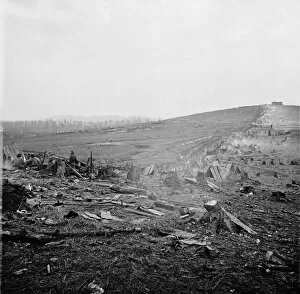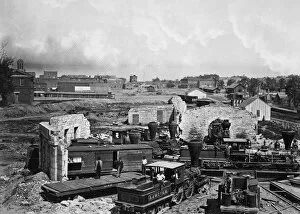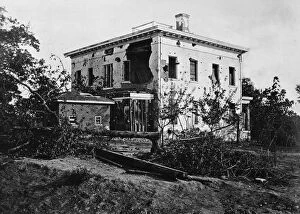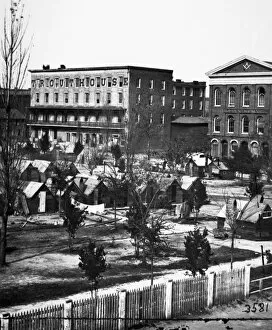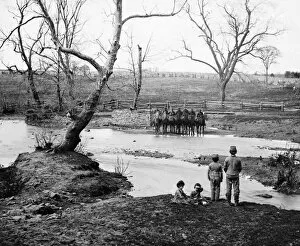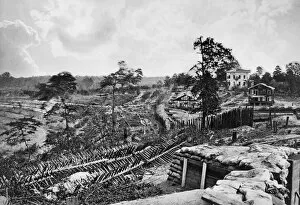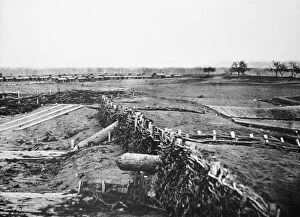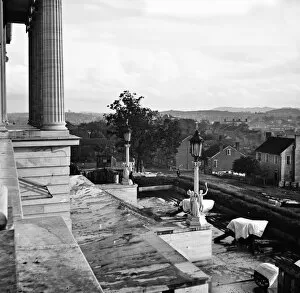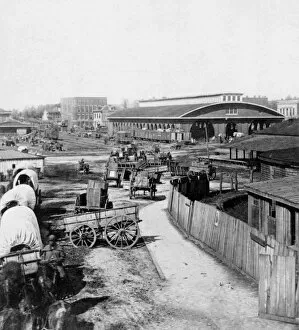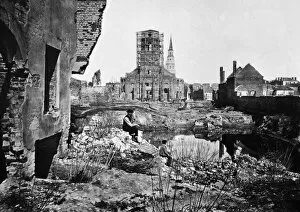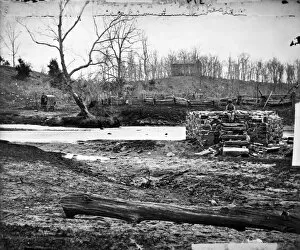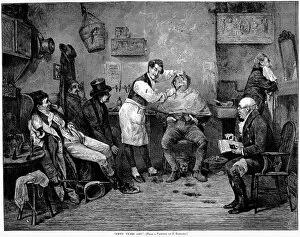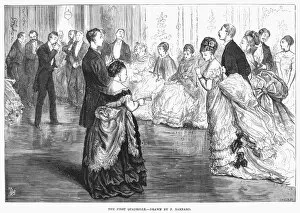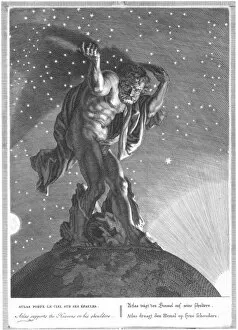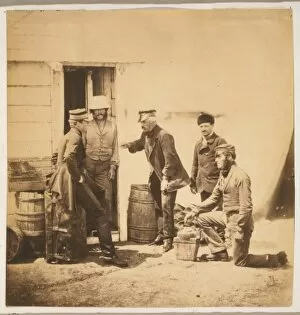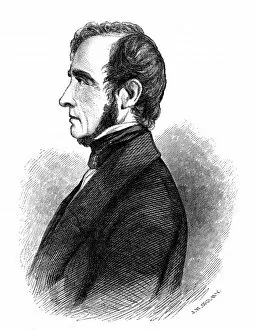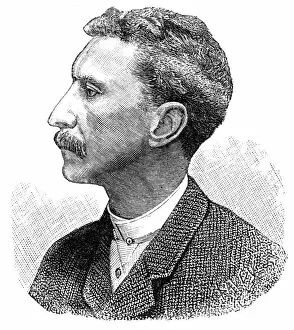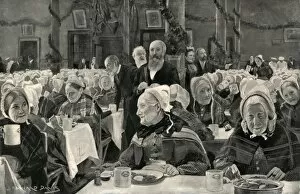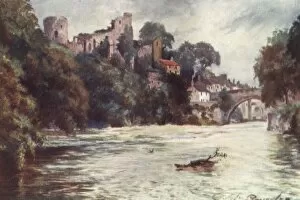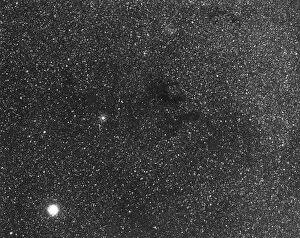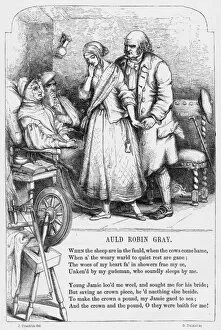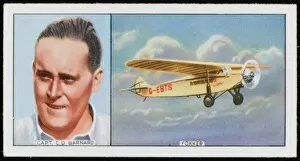Barnard Collection (#15)
"Barnard: A Tapestry of History, Knowledge, and Adventure" In the quaint village of Cotherstone, nestled in the picturesque County Durham
For sale as Licensed Images
Choose your image, Select your licence and Download the media
"Barnard: A Tapestry of History, Knowledge, and Adventure" In the quaint village of Cotherstone, nestled in the picturesque County Durham, lies a place that holds stories untold. Bill Sykes (Barnard), a name whispered through generations, echoes with tales of resilience and determination. The Village itself exudes charm and tranquility; its cobblestone streets lined with history. It was here that the Independent Order of Rechabites thrived, promoting temperance among its members. Sister Marjorie Barnard's remarkable achievement in the Temperance Knowledge Examination earned her a prestigious certificate in 1937. Just beyond The Village stands Gilmonby Hall, an architectural gem gracing Bowes in County Durham. Its grandeur speaks volumes about the legacy left by those who bore the name Barnard. Across continents and oceans lies another Barnard - not just any college but Barnard College in New York City. This esteemed institution has empowered countless women to break barriers and shatter glass ceilings since its founding. Literature enthusiasts may recall Charles Dickens' Pickwick Papers where Captain Smollett famously exclaimed, "Who are you, you rascal?" One can't help but wonder if he had encountered a mischievous character named Barnard during his adventures. Artistic brilliance finds solace within the works of William Biscombe Gardner as he captures A Fishing Fleet on canvas in 1910. Meanwhile, George N. Barnard immortalizes historical moments such as Columbia from the Capitol (1866) or Battle Field of New Hope Church (GA) No. 1 (1866). His lens transports us back to pivotal times etched into our collective memory. Yet amidst these diverse endeavors emerges an unexpected sight: Ostriches frolicking gracefully against an unknown backdrop painted by time itself - Ostriches captured forevermore by someone bearing this enigmatic surname.

